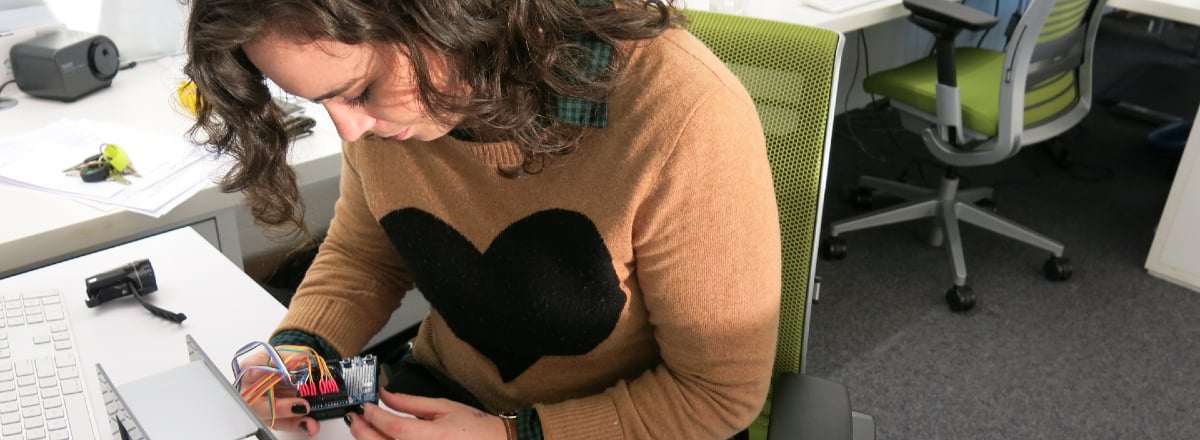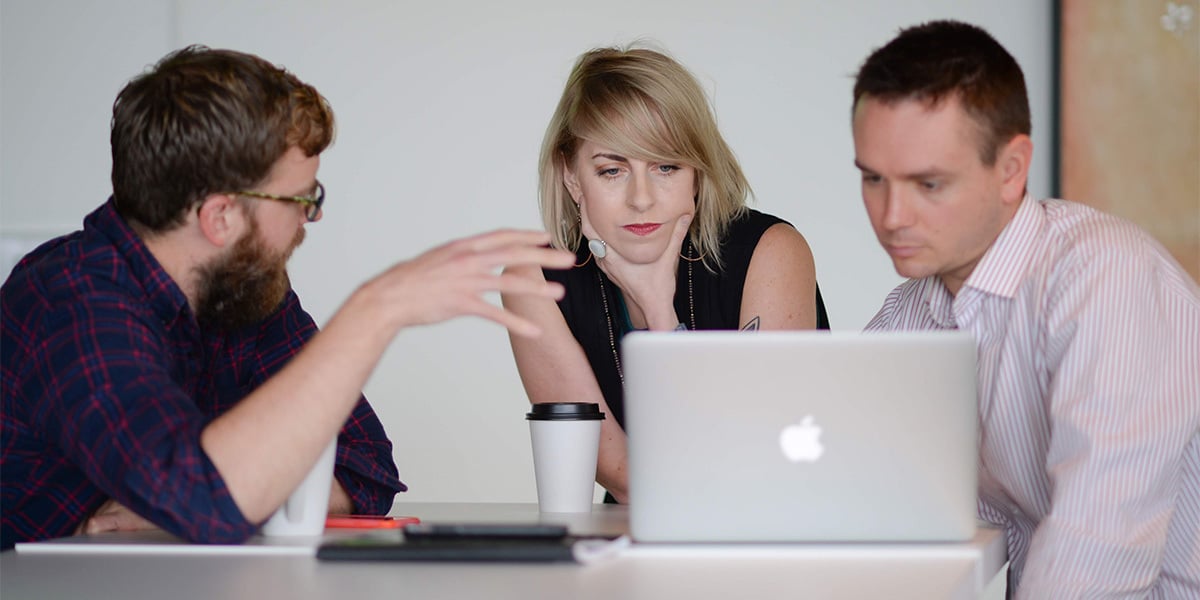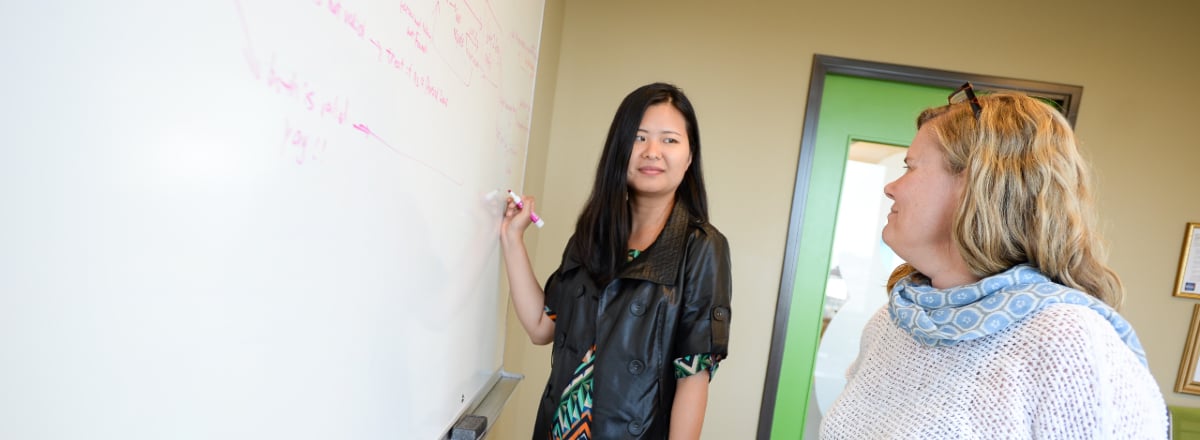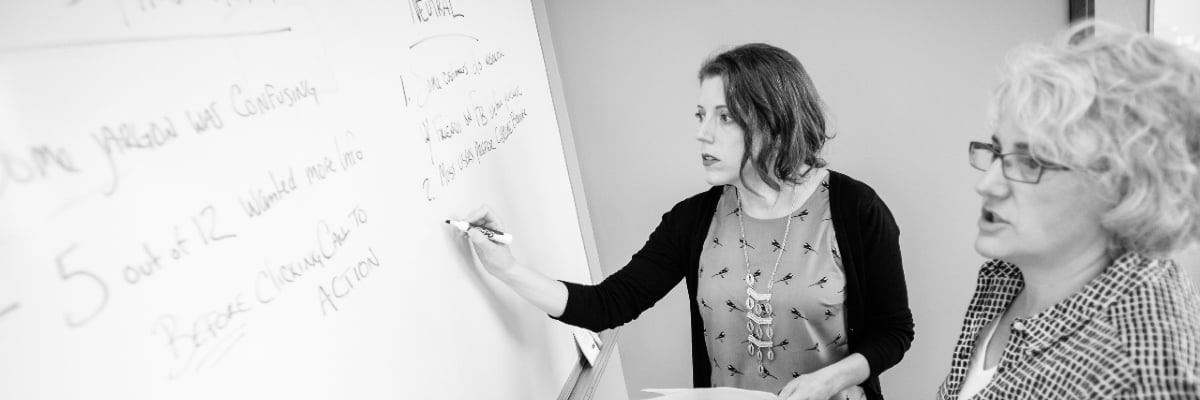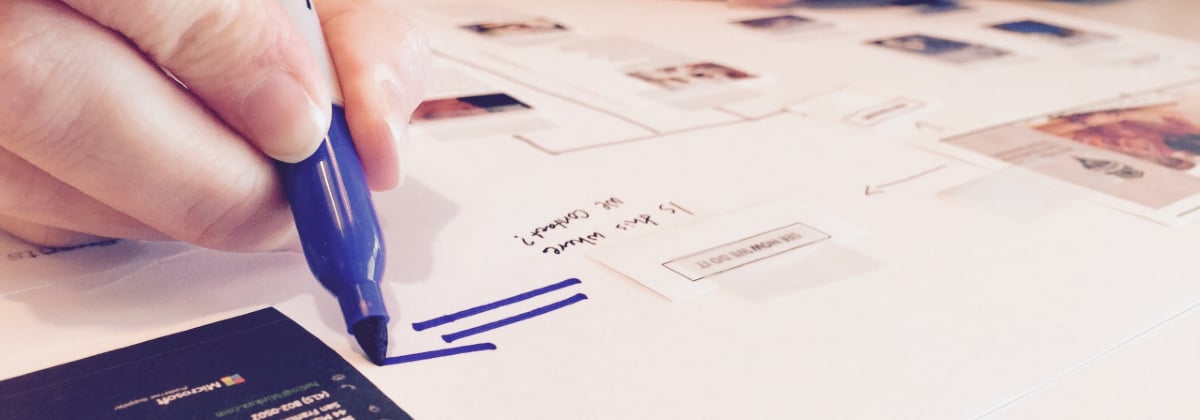
Tips & Tricks for Field Research: Intercept Studies
Darshana Tuladhar
You may wonder what situations are best suited for intercepts and how one would successfully accomplish this type of research. Well, look no further, we have put together an intercept field research guide covering the basics.



